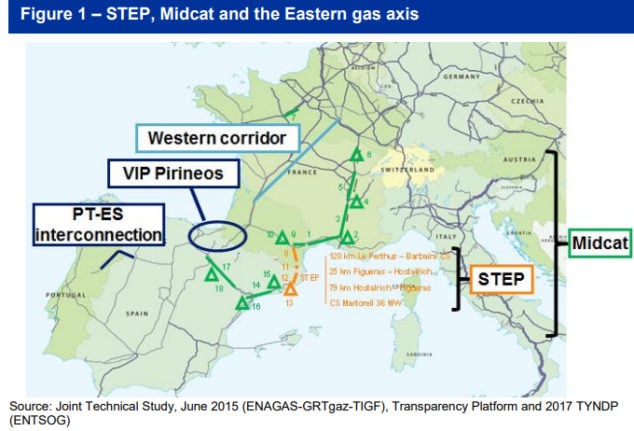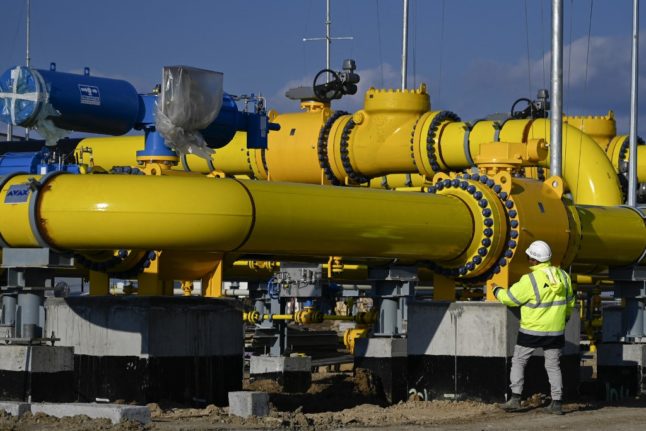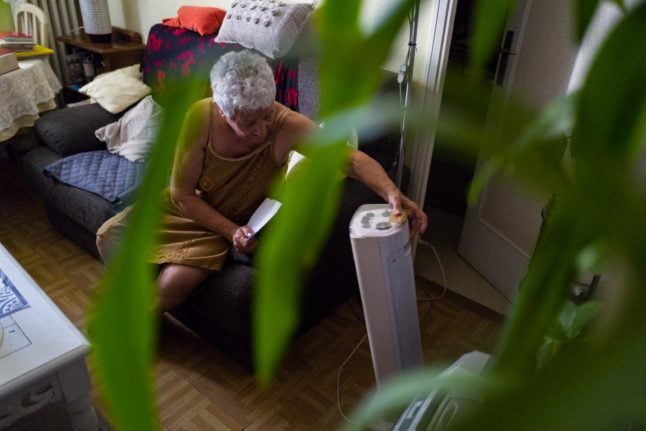“We will propose in the coming weeks that north-south projects be put back on the table,” Terega CEO Dominique Mockly told a press conference.
Terega, which manages the gas network in southwestern France, received an unfavourable opinion from French and Spanish energy regulators on a new gas line across the Pyrenees in 2019.
The proposal, called Step, was to be a precursor to a larger project called MidCat (Midi-Catalonia).

At the time, it was considered costly and unneeded, and faced criticism from environmental groups.
But European Commission President Ursula von der Leyen, who has put forward a major plan to make the continent independent of Russian energy, said last month that MidCat was “crucial” for “reducing our dependence on Russian fossil fuels”.
READ ALSO: How war in Ukraine is reviving France-Spain MidCat gas pipeline project
Spain has significant capacity to import liquefied natural gas, which could then flow more easily to northern Europe.
“In the current crisis, we cannot allow ourselves to say we are going to pass over these capacities and not look at them,” Mockly said.
According to Terega, the existing gas connection between France and Spain is already often running at full capacity — and the flow, which normally runs north to south, has switched since Russia’s invasion of Ukraine.
Mockly said the infrastructure could be “scaled up afterwards to move to hydrogen”.
But the French regulator had reservations on Wednesday.
Jean-Francois Carenco, chairman of the French Energy Regulatory Commission (CRE), said the pipeline would “come into force in 2030 at best” and noted the “development of LNG terminals in northern Europe, the smooth operation of our gas terminals, and the cost”.
READ MORE: Is Spain ready to be the EU’s main natural gas supplier?



 Please whitelist us to continue reading.
Please whitelist us to continue reading.
Member comments